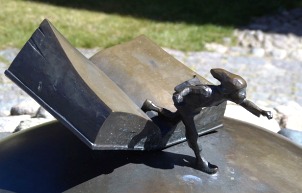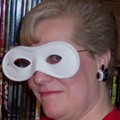16 Incredible Days, LIVE

The XXIII Winter Olympiad LIVE
16 days. Sixteen days of competition with drama confined (mostly) to snow and ice. Where being frozen out wasn’t a political snub, where losing wasn’t shamed and lamented because a silver or bronze medal was still a monumental win. Where achievement thrived in finishing last as much as in besting the field.
16 days of glory. Of “I’ll get it next year.” Of saying and waving goodbye to aged and wounded favorites and hello to fresh, nubile Cinderella-esque players with unlimited potential for the future.
16 days. Triumph, loss, success, failure, regret, and surprise, all jumbled together with teamwork, determination, patriotism, and purpose.
16 days where, if only for a little while, and if only in theory, being united in purpose was true for a select group of hopeful adults, sharing a common purpose despite the sport.
For these sixteen days, I stopped writing and reading, I stopped watching regular TV, I didn’t go out to eat or to the movies. Instead, for 16 incredible days, I immersed myself in the LIVE events of the Olympic winter games. Wholehearted and enthusiastic.
I’m exhausted. And I feel ridiculous writing those words now. For 16 days I watched almost every live event, forgiving myself for neglecting my “normal” life in order to have the vicarious experiences of thrills and spills from athletes around the world. For a time, I felt every loss, cheered every win, be it my team or another. And *I’m* exhausted? That’s funny compared to the physical expenditure I’ve witnessed over 16 days. But then, my focus is skewed.
After all, I am a writer. And for the first time in my 63 years I had the opportunity to witness live moments as I never could before these games. With husband retired, we could sleep as needed, steal naps when necessary, all to achieve the joyful nirvana that comes with being in the moment. Why? Because tape delays are after-the-fact. Delays give you artificial experiences. There is nothing like feeling your stomach clinch because you want someone to win, you hope they don’t fall, you want them to break a record and you have no idea what the outcome will be. Nothing like gasping when a snowboarder tumbles and praying all is well. Nothing like seeing a skater do six – SIX – quadruple jumps. Live. Real. In the moment. Next to being there, this was being there. I was a part of it all. LIVE.
To experience the joys and sorrows as they played out. To FEEL and KNOW as the athletes did.
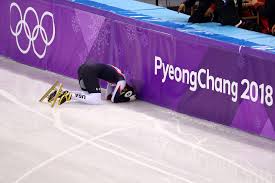 (Courtesy Tampa Bay Times)
(Courtesy Tampa Bay Times)
No, I won’t understand it all but I listened to stories for 16 days. I watched struggles play out in the slopes, on the ice, in the bobsled, on skates and in the faces of families. I worried and hoped along with mothers and sisters, and I cheered and jumped up and down (literaly) when goofy good air times happened in the half pipe. I leaned to the left during the bobsledding. I sat up straight during ice skating jumps. I held my breath during ski jumping and screamed when the girls’ hockey team won gold just as I did when the men won their first curling gold medal. I also clapped for the second place teams who shed tears for their loss. I understood because I saw it as it happened.
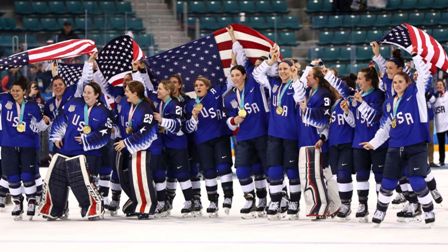 (Courtesy of ABC News)
(Courtesy of ABC News)
I cheered for bobsled teams who were never going to win against the giants. Yet I applauded because they came, they TRIED, and everyone cheered them for trying. I did too. I held my breath during accidents and followed athletes I didn’t know and might never see again. I was with them. I was on their team. I was a cheerleader and a believer. I hurt for losses and I danced for gold and I cried when my flag raised high and the National Anthem played. I sang along, too.
16 days. In the end, as the lights are go out and the programming end, I experienced something magical that only happens every four years. And I forgave myself for ignoring my normal life in order to know more about incredible people achieving incredible feats.
 Courtesy of the NY DAILY NEWS
Courtesy of the NY DAILY NEWS
Including the Mexican skier (above) who finished last in the cross country race. He didn’t win. He didn’t help his country. We don’t usually remember last place, right? But wait, that’s not true. I watched the first place gold medal winner come to the finish line (on the left) to greet the last man. You see, the Mexican athlete did win. He finished the race. His achievement was completing a grueling race and he never quit. He earned respect and he was carried like a winner because HE WAS ONE, most especially to the gold medalist.
And for 16 days that was the point of the whole thing. Personal best. Personal achievement.
Finishing what you start. No medals required. After 16 days I understood the point of it all.
As a writer, these 16 days were a present in emotions and experience. The faces and events filled me as nothing else possibly could. Next to being there in person, watching live was fulfilling and enriching. The athletes’ stories are the future of my own tales and I experienced a plethora of emotions live that you just can’t get from the news or the day after on Facebook.

Nearly 3000 athletes, 92 nations, 23 medals. An Olympic motto Citius, Altius, Fortius, in other words, Faster, Higher, Stronger. To be more, to go beyond, to breach limits. From Greece to Korea and all nations in between, we gathered united in one purpose under five rings:
to be our personal best.
16 days. I wouldn’t have missed a moment for anything. I am better because of those incredible days both as a writer and as a person.
Finally the night exploded with fireworks, alighting a stadium filled with Olympians. The light put sparks in the eye and ignited fresh fires in the hearts. The future beckoned and athletes promised to return.
So do I.
Yours Between the Lines,
Sherry















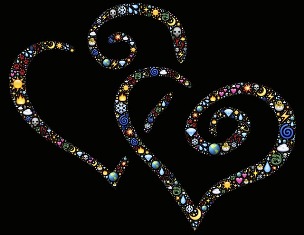
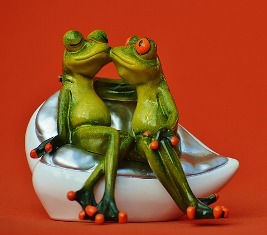
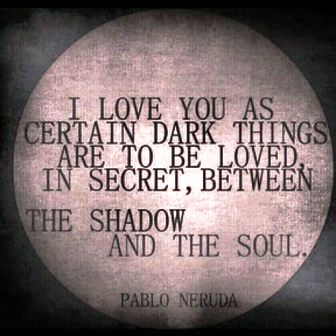
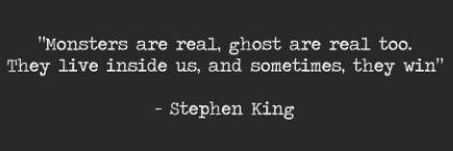

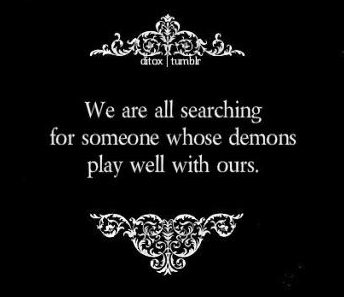
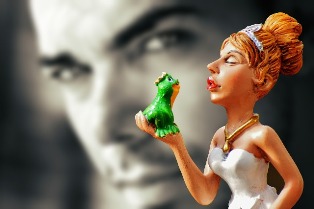
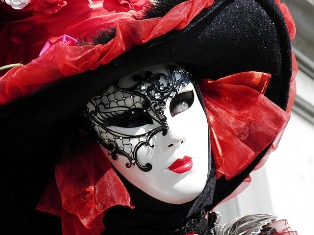 Much of who we are comes from how we humans design identities to our bodies. And beyond sexuality (a discussion for another day), much emphasis is placed on our various body parts but most of our identification comes from our faces. Our face is our “self.” Age and biological features such as “you look just like your Mom,” are often obvious ways we mark our identities. Other symbolic identities like our social identity and status require our face in order to express or alter our identities. How is this done? By adding or subtracting something like cosmetics, costumes, hairstyles or masks. Or a combination of all of those. Our masks therefore, are important.
Much of who we are comes from how we humans design identities to our bodies. And beyond sexuality (a discussion for another day), much emphasis is placed on our various body parts but most of our identification comes from our faces. Our face is our “self.” Age and biological features such as “you look just like your Mom,” are often obvious ways we mark our identities. Other symbolic identities like our social identity and status require our face in order to express or alter our identities. How is this done? By adding or subtracting something like cosmetics, costumes, hairstyles or masks. Or a combination of all of those. Our masks therefore, are important.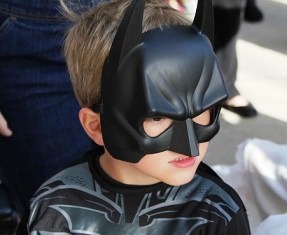
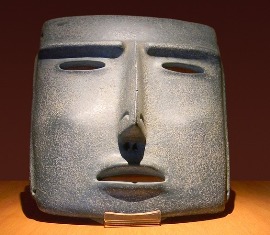
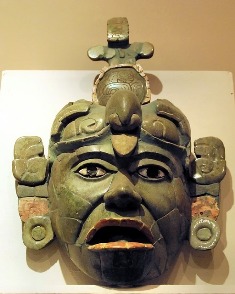
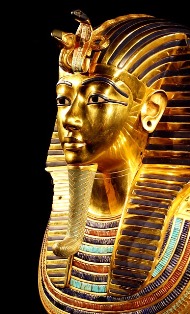 The early Christian Church took a dim view of masking and suppressed it whenever possible. This was partly due to masks’ association with pagan rites, and partly because of the immoral behavior that was often released through the anonymity afforded by the mask. However, the Church’s efforts at suppression were not entirely successful. In rural Europe, masking customs survived as Carnival and Mardi Gras; with the rise of the Commedia del’ Arte during the Renaissance, and the subsequent popularity of secular theater, masking firmly established itself in European traditions.
The early Christian Church took a dim view of masking and suppressed it whenever possible. This was partly due to masks’ association with pagan rites, and partly because of the immoral behavior that was often released through the anonymity afforded by the mask. However, the Church’s efforts at suppression were not entirely successful. In rural Europe, masking customs survived as Carnival and Mardi Gras; with the rise of the Commedia del’ Arte during the Renaissance, and the subsequent popularity of secular theater, masking firmly established itself in European traditions.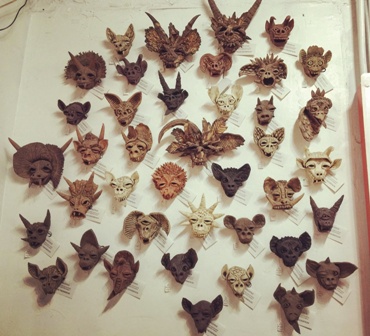 Arizona
Arizona

